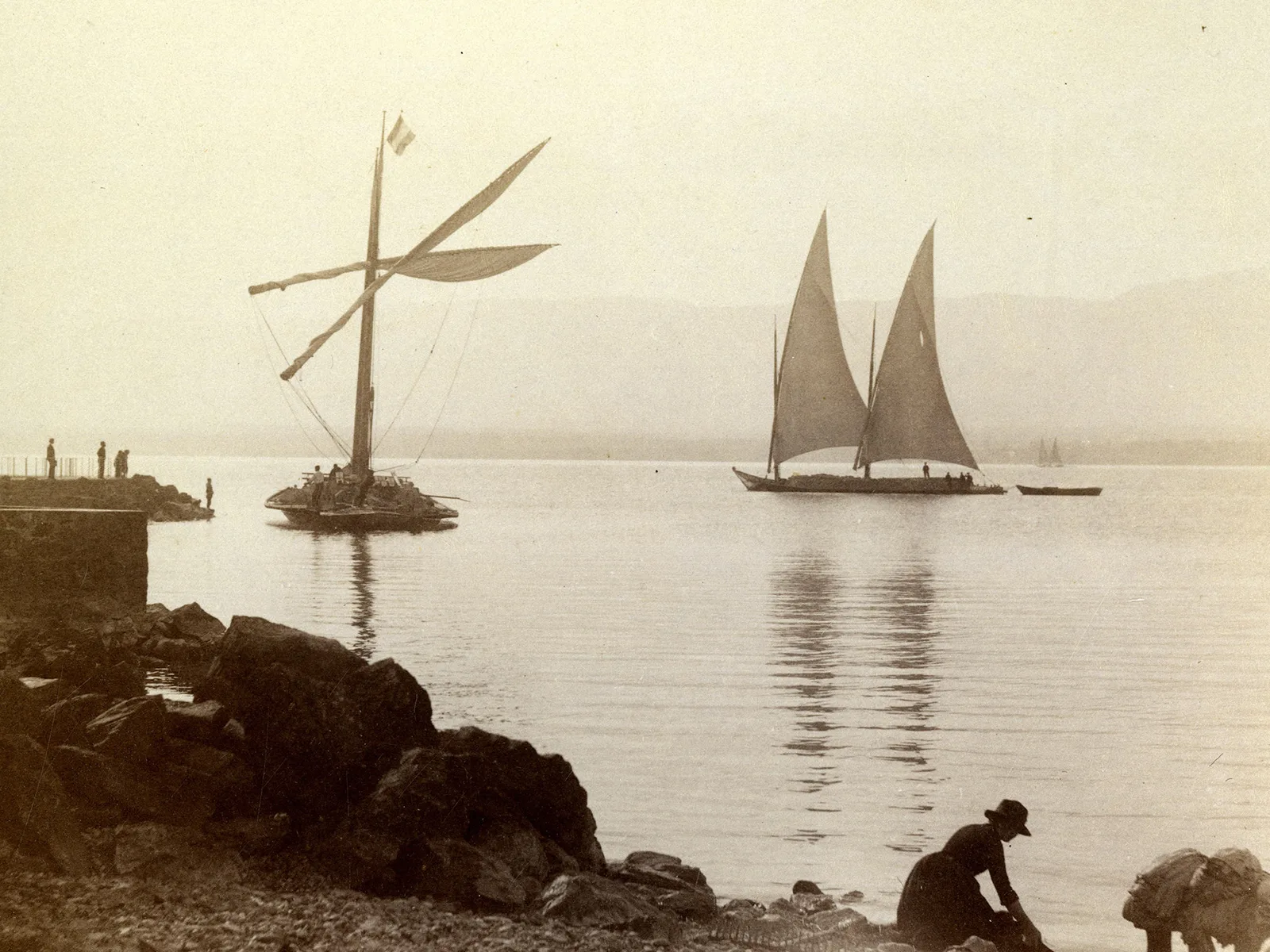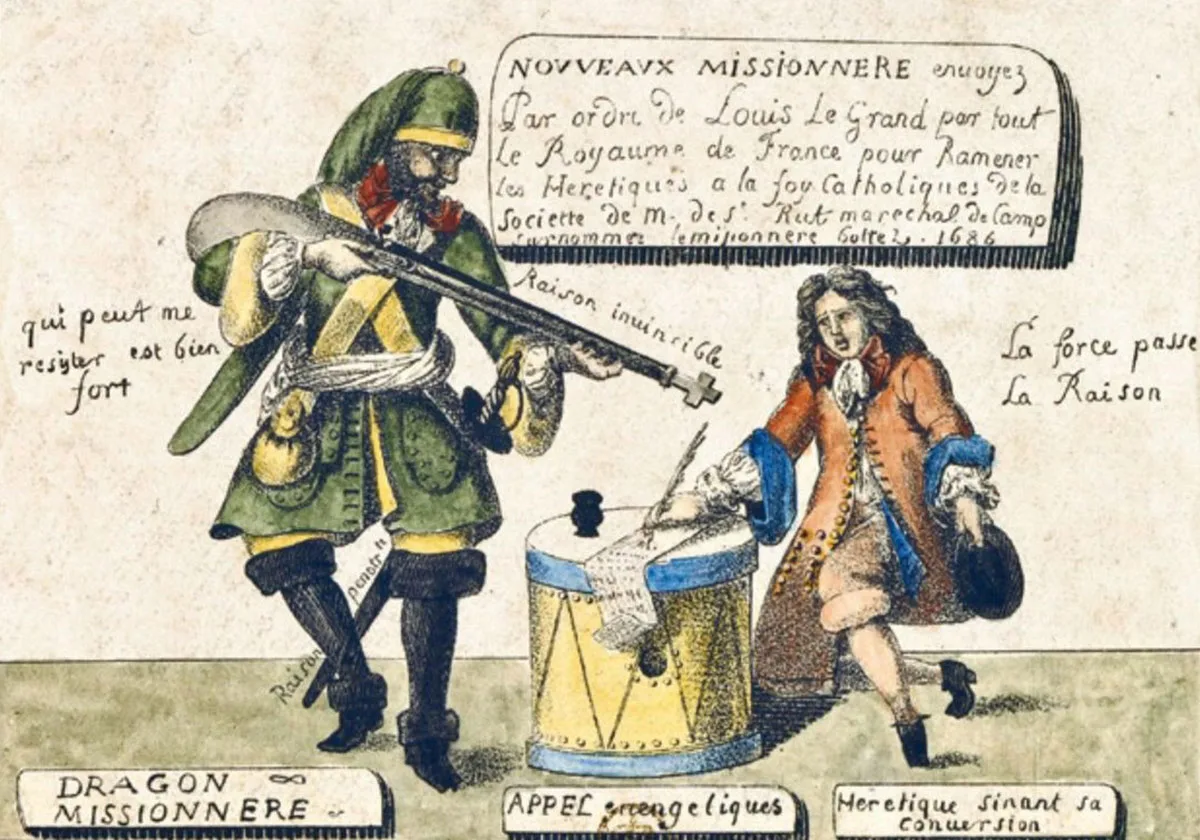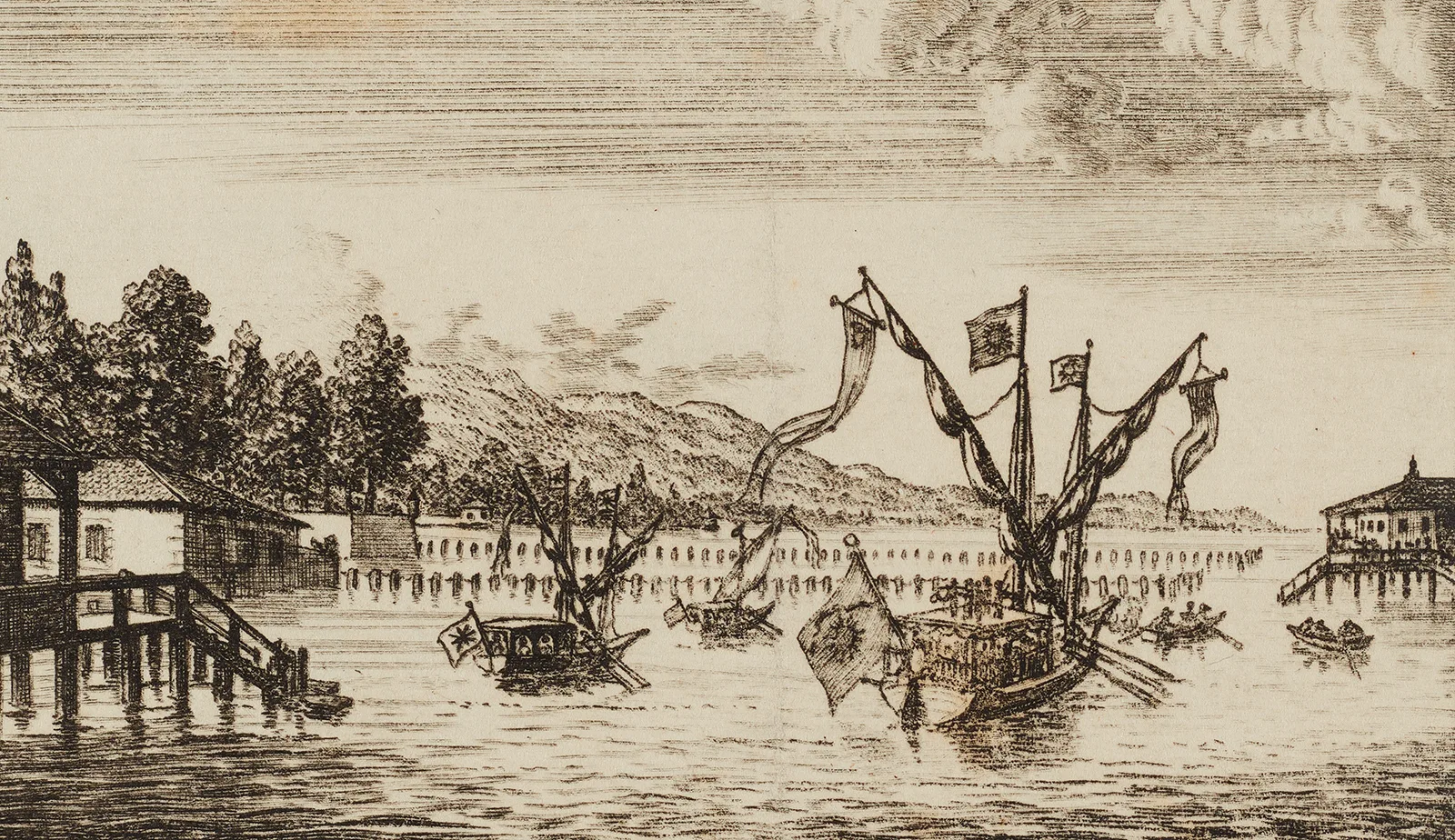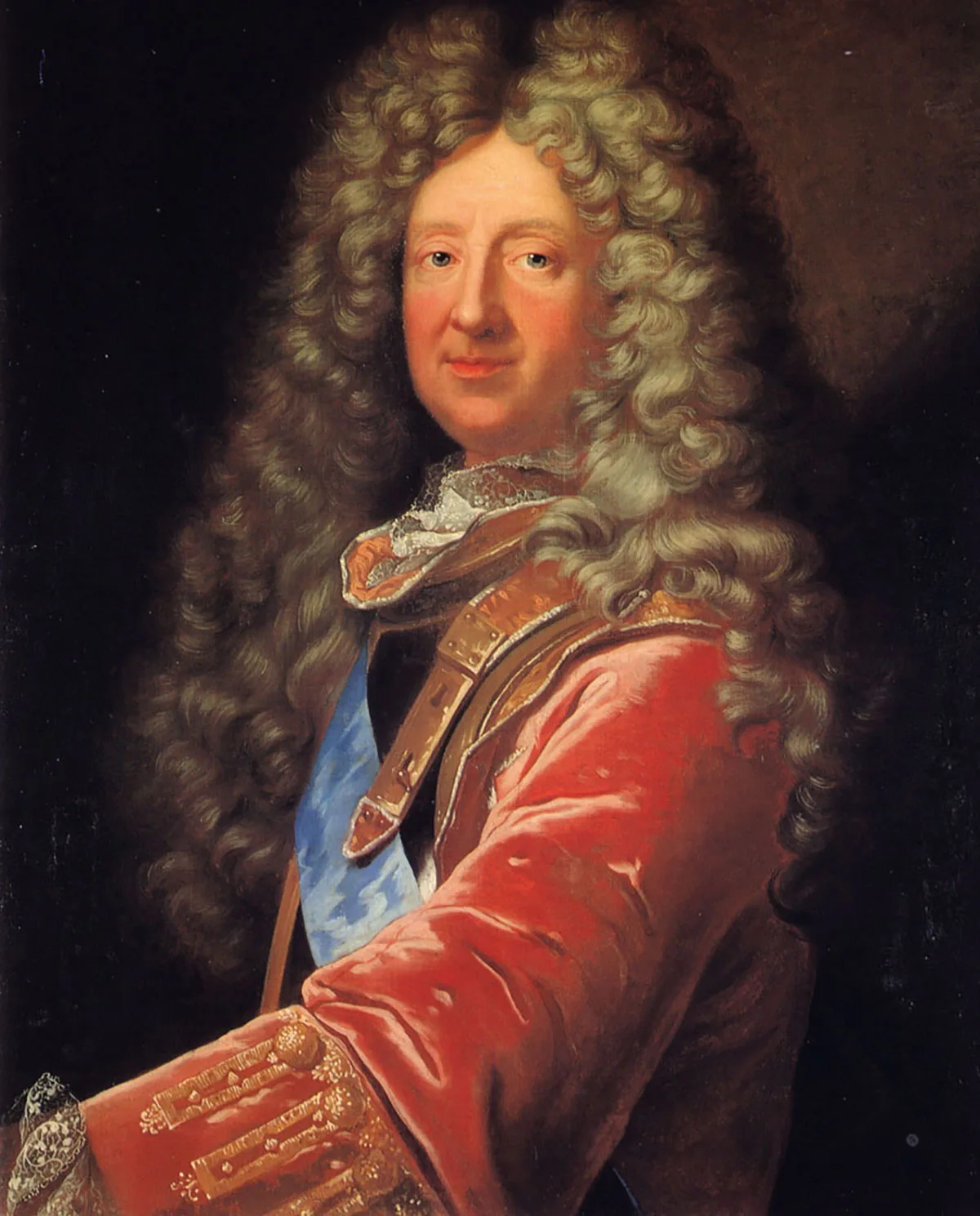
The freshwater pirate of Lake Geneva
In the 18th century, a pirate was up to mischief on Lake Geneva. He scored his biggest coup when he carried off the French King’s war chest.




The calm before the storm



In the 18th century, a pirate was up to mischief on Lake Geneva. He scored his biggest coup when he carried off the French King’s war chest.





